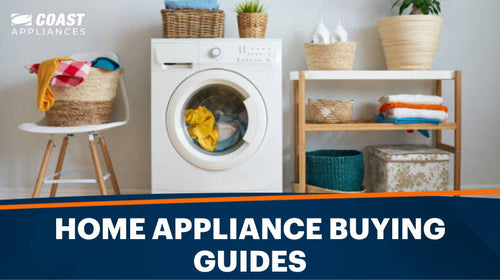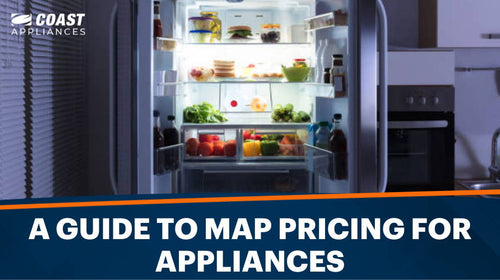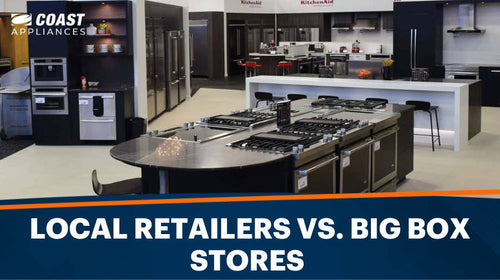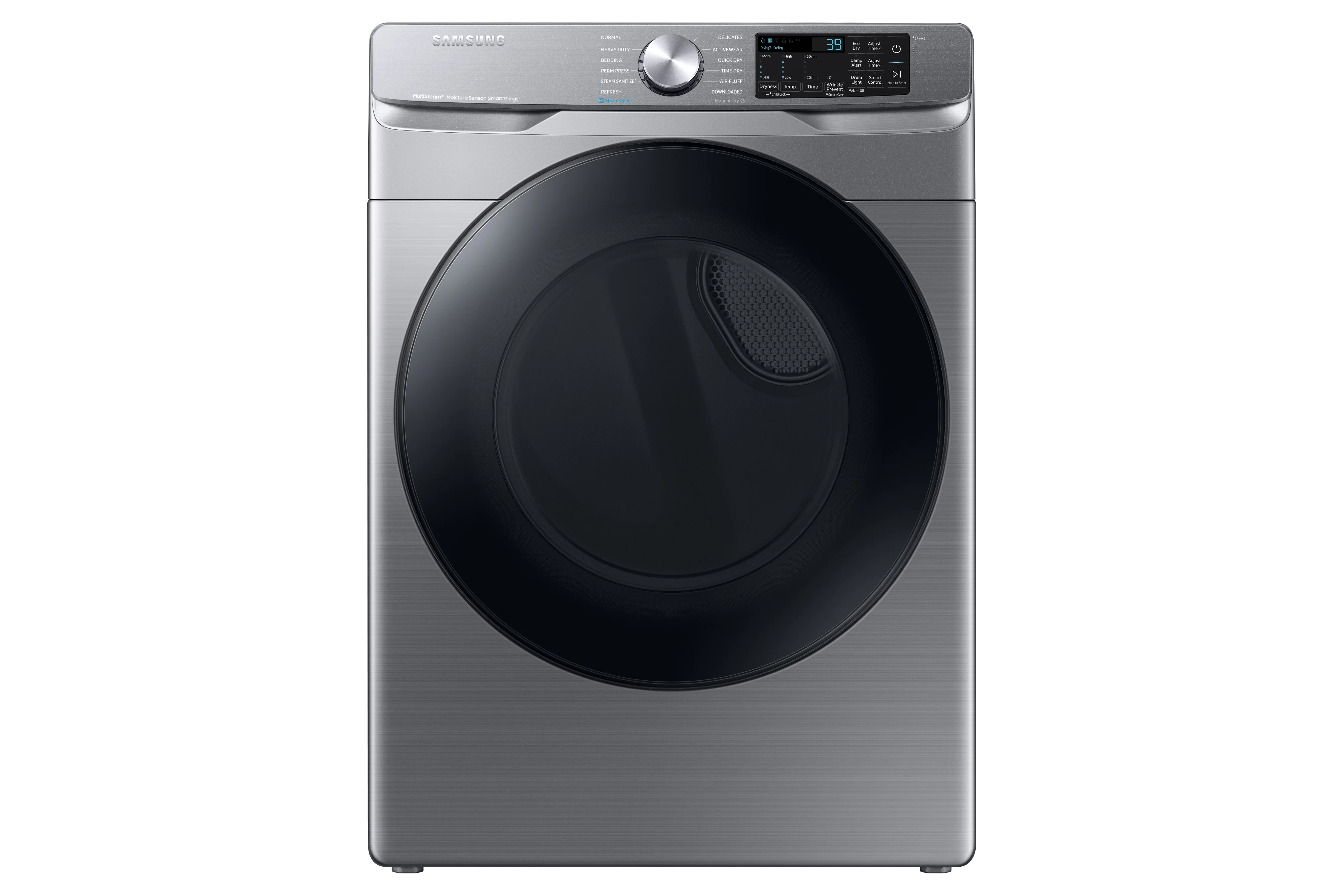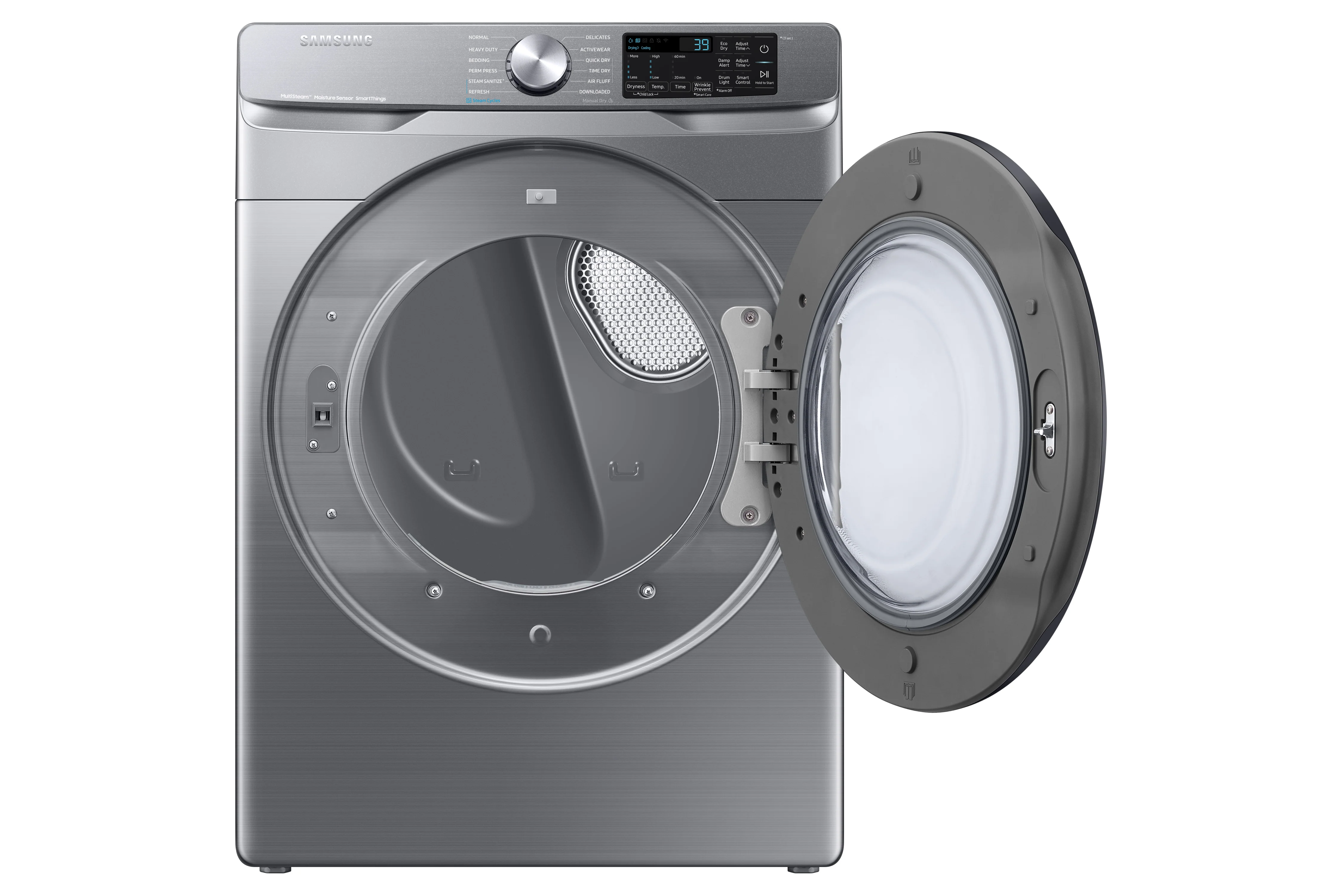There are three common kitchen appliances that you might hear people refer to interchangeably: range, stove, and oven. However, there are distinct differences between them, which we will explore in this article. Here's a quick guide to help you understand the different functions of each one.
- What is a Range?
- What is a Stove?
- What is an Oven?
- Range vs. Stove - What’s the Difference?
- Oven vs. Stove - What’s the Difference?
- Range vs. Oven - What’s the Difference?
- Range vs Stove vs Oven FAQs
What is a Range in a Kitchen?
A range is a kitchen appliance combining the functions of an oven and stove in one unit. These space-efficient appliances offer the most versatility in your cooking space as you can use them for everything from boiling water to baking cakes. Ranges are the most common setups in North America.
Ranges can either be electric or gas-powered, depending on your needs. Other types of ranges include dual fuel, freestanding, slide-in, and commercial-style ranges. Coast Appliances has a vast catalog of electric and gas ranges in different sizes and styles.
What is a Stove?
It's possible to have a setup where the cooktop and the oven are separate. In such cases, cooking typically happens on the stove or cooktop. A stove is similar to a range but has only one cooking surface – the top. You can think of it as the modern version of a fire or coal pit.
Historically, the term stove referred to a heated compartment with different uses. Today, a stove refers to an appliance that sits on the countertop or can be built into the cabinetry of your kitchen and provides space for cooking food using gas or electricity (electric stoves).
What is an Oven?
An oven is an enclosed chamber providing heat commonly used for grilling, cooking, baking, and heating food without external burners. It can be part of a range or a freestanding appliance on its own. In a range, it's the enclosed part below the stovetop.
Ovens come in many different sizes and shapes, so they will vary depending on what size your kitchen needs. Choosing an electric or gas oven depends on your personal preferences (and environmental factors). Each offers unique characteristics based on heat sources - electrical elements vs. gas burners - therefore, fuel consumption will vary depending upon use patterns. It's worth comparing both types before choosing what best suits your needs.
Oven vs. Stove – What's the Difference?
An oven is a space in which food can be cooked with dry heat, typically using gas or electric power, while a stovetop is where pots and pans can be placed over burners for cooking food.
Ovens are designed specifically for cooking by applying heat from all sides of a heated space within it whereas stoves use a direct source of energy to provide heat. In the modern age, stoves use gas and electricity, but you might still find an older model that burns wood or coal.
Stovetops heat your cooking pots, pans, or skillets on the stovetop while ovens simultaneously cook food from all sides by heating it inside with hot air. Stoves are great for cooking quick meals through searing, stir-frying, and boiling. Ovens take much longer and are excellent for baking, roasting, and broiling.
Range vs. Oven: What's the Difference?
Simply put, a range is an appliance comprising a stove and an oven, sometimes more than one.
An oven can be part of a range or freestanding appliance. Some people refer to a standard range as a range oven and a freestanding oven as a wall oven.
Range vs. Stove: What's the Difference?
The most obvious difference is that ranges have an oven, whereas stoves do not. To recap, we've already established that a range is a kitchen appliance with an oven and cooktop. A stove is just the cooktop part of the range. You don't need a freestanding oven with a range, but you'll need one with a stove.
Range vs. Stove vs. Oven FAQs
Why are stoves called ranges?
To understand this question, we need to delve a bit into the history of modern-day appliances. The term range first appeared in the 15th century, referring to enclosed ovens with multiple openings on top for hearing sauces developed by the French. Experts believe these appliances were called ranges because they usually had at least two cooking spots on top, providing a "range" of places to cook. Although today's ranges are more sleek and sophisticated and have more burners and ovens, the term seems to have stuck.
Which is better, range or stove?
The answer to this depends on an individual's preferences, budget, space, and cooking habits.
The range is a versatile appliance with a stovetop and an oven, making it more space-efficient and convenient. It can be used for all sorts of things: boiling water, frying food, and even baking bread. This makes it an excellent choice if you want one appliance to do many jobs around the kitchen with relative ease.
Having separate appliances can help ease the congestion around one and reduce inconveniences should the appliance fail. However, purchasing two individual appliances is likely to cost more.
Is a range an oven or stove?
It's both. At its basic level, a range is an oven with a stovetop.
Do all ranges have ovens?
Yes. A cooking surface without an oven is simply a cooktop. A range is simply an oven crowned with a cooktop.
Is an electric stove a range?
No, it's not. A stove is typically a kitchen appliance without an oven. A range is a combination of both a stove and an oven.
What is the difference between a range and a cooktop?
The term "range" refers to a kitchen appliance with both an oven and a stovetop. The words "cooktop" or "stovetop" refer to an appliance with only one of these functions. A cooktop doesn't have an oven but can be connected to another piece of equipment, like a built-in wall oven, so you can use both pieces at once if needed.
In Conclusion
Most kitchens in North America have a range, but some people prefer to have a separate oven and stove setup. Whatever you like, we have a vast collection of appliances you can choose from. Visit our page to learn more.

